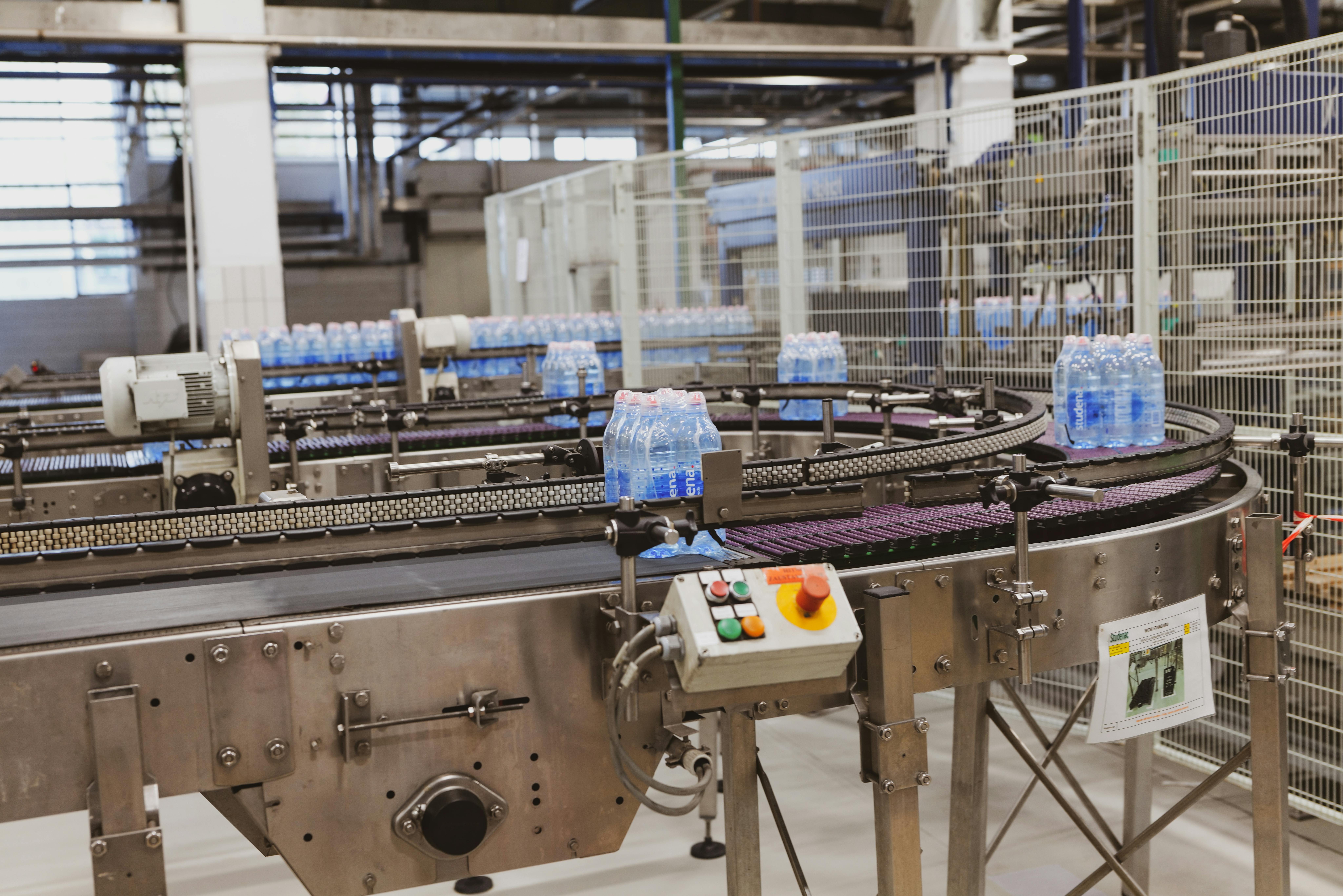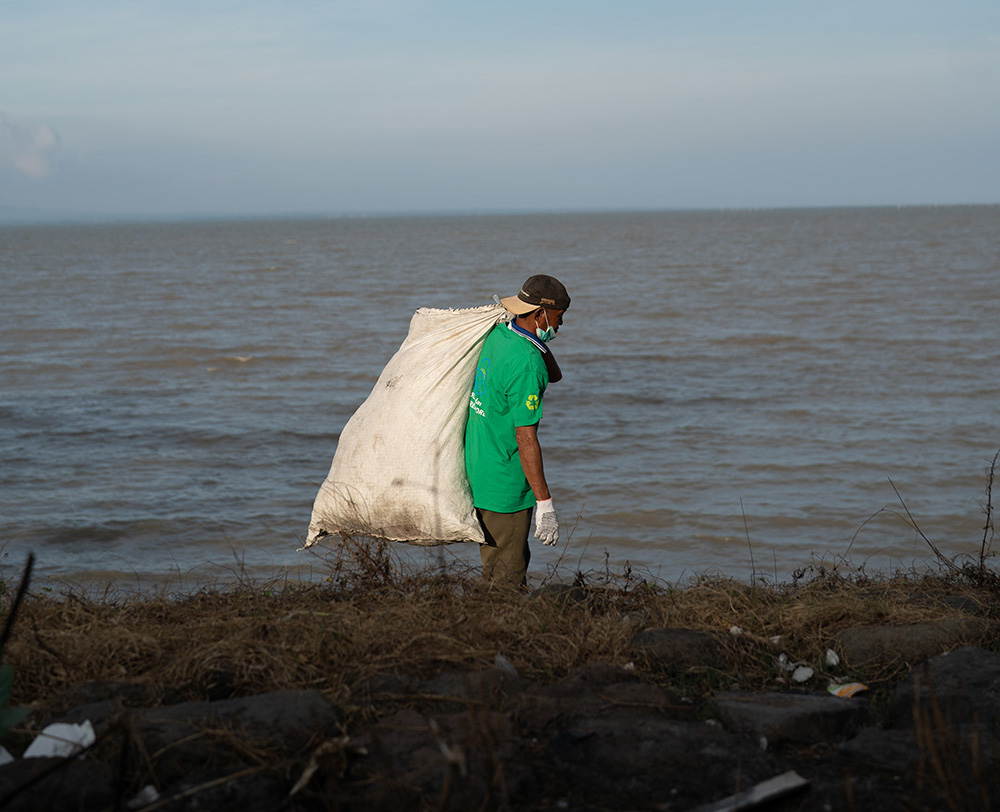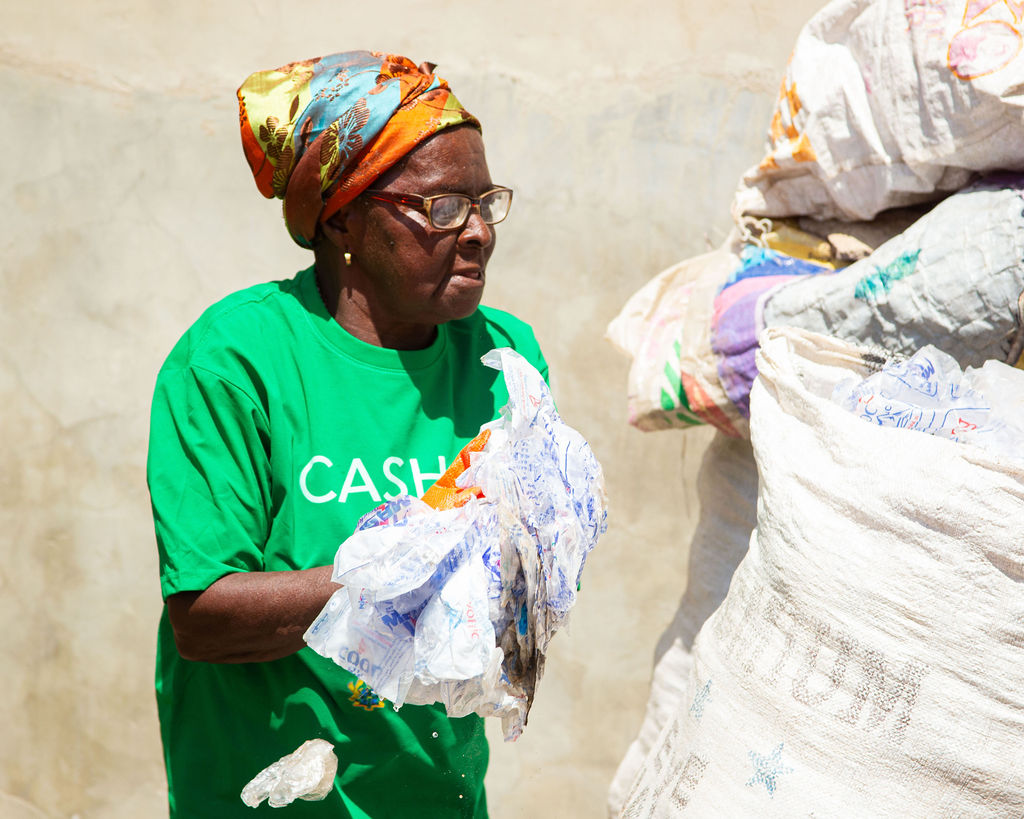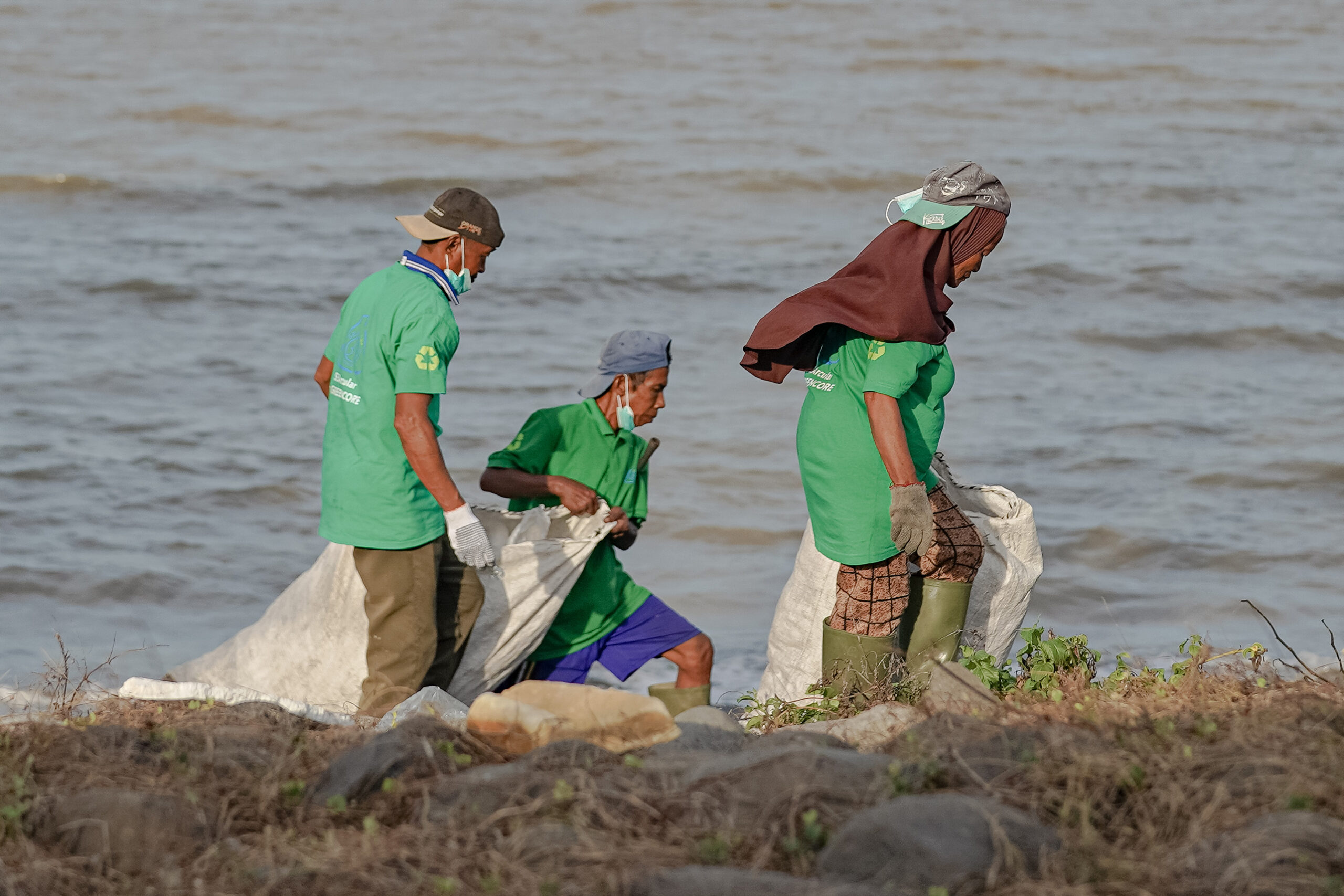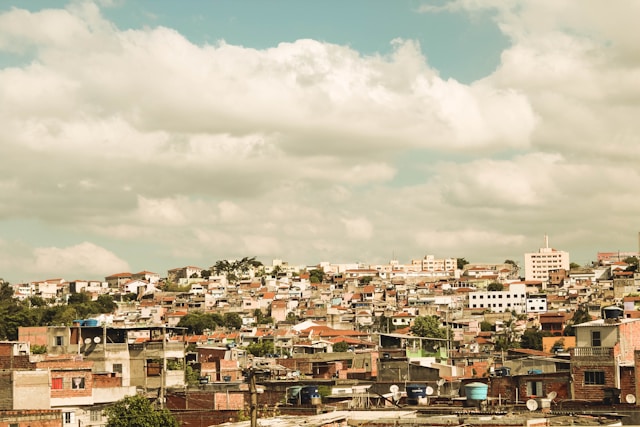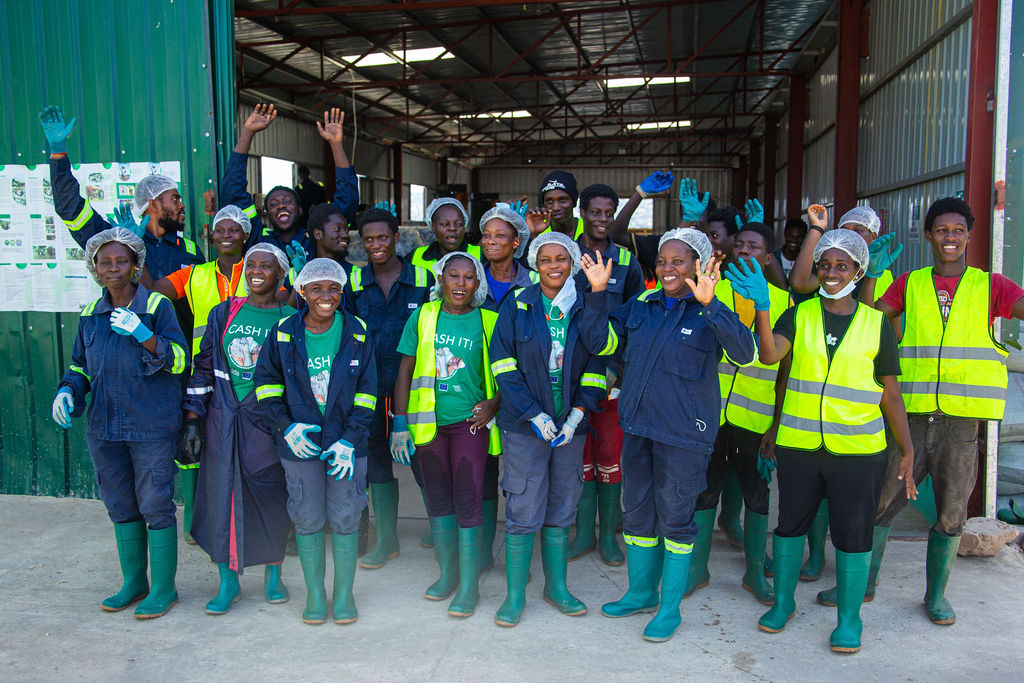California’s SB 54 plastic packaging EPR law is the most ambitious packaging policy in the United States. It requires producers to meet strict source-reduction, recyclability, and recycling-rate targets through 2032 and mandates joining a producer responsibility organization (PRO) or operating an approved plan by January 1, 2027.
A key source of confusion has been the November 15, 2025 CAA baseline data request. Many teams interpreted it as an official SB 54 reporting deadline. It was not. It was a voluntary Circular Action Alliance (CAA) data collection request to help design the future EPR program.
What is SB 54?
The intent of SB 54 is to create a circular economy for plastic packaging in California through adoption of the “polluter pays principle”. The law shifts California’s policy focus away from end-of-pipe waste management and toward actual reductions in the amount of single-use plastic packaging and plastic food service ware generated in the first place.
By 2032, SB 54 requires:
- 100% of plastic packaging to be recyclable or compostable
- 25% at-source plastic reduction statewide
- 65% recycling rate for plastic packaging
These requirements form the core of California’s packaging EPR framework, with sweeping implications for packaging design, materials, and supply-chain reporting.
SB 54 is often referred to as a multi-billion-dollar EPR program because it institutes:
- The Plastic Pollution Mitigation Fund – a state-controlled fund into which plastic producers pay USD 500 million per year for the purposes of environmental restoration, removing legacy plastic pollution, habitat restoration, pollution prevention in disadvantaged communities, mitigation of health and environmental harms caused by plastics, and improvements to waste management systems.
- EPR fees payable by plastic producers to PRO(s) to cover all EPR operational costs, including waste management infrastructure upgrades (including composting), reusable/refill system costs, education and labeling, market development, and contamination reduction. These EPR fees are forecast to yield around USD 1 to 2 billion per year.
Who is a covered producer under SB 54?
A “covered producer” is the manufacturer, brand owner, or importer/distributor that places single-use plastic packaging or plastic food serviceware into California.
This SB 54 covered producer definition determines whether an organization must register, report, and pay fees.
If you meet this definition, you must join an approved PRO or operate an individual plan by January 1, 2027.
Key SB 54 targets and deadlines at a glance
2023
What Changes:
Baseline year for source-reduction measurement
What Produces must do:
Record packaging weights, component counts, and material categories for 2023
2025 (Nov 15)
What Changes:
CAA voluntary request for 2023 baseline data (not a statute)
What Produces must do:
If missed, register with CAA and prepare data now
2026
What Changes:
CalRecycle expected to finalize detailed rules; CAA expected to publish fee schedule/program; draft compostability/collection criteria discussed
What Produces must do:
Track rulemaking, validate data systems, plan budget for fees and design changes
2027 (Jan 1)
What Changes:
EPR statutory obligations start; producers must be in a PRO or have an approved plan; fees begin on 2027 generation
What Produces must do:
Join a PRO or file individual plan; start paying EPR fees; meet 10% source-reduction with ≥2% from reuse/refill
2028
What Changes:
Statewide plastic packaging recycling rate ≥30%
What Produces must do:
Report and improve recovery/recycling performance
2029
What Changes:
Eco-modulated fees introduced by PRO(s) (rewards for better design; surcharges for problematic features)
What Produces must do:
Improve design for recycling, higher post-consumer recycled (PCR) content, and reuse/refill to reduce fees
2030
What Changes:
Recycling rate ≥40%
What Produces must do:
Continue design and system improvements
Year
What changes
What producers must do
2023
Baseline year for source-reduction measurement
Record packaging weights, component counts, and material categories for 2023
2025 (Nov 15)
CAA voluntary request for 2023 baseline data (not a statute)
If missed, register with CAA and prepare data now
2026
CalRecycle expected to finalize detailed rules; CAA expected to publish fee schedule/program; draft compostability/collection criteria discussed
Track rulemaking, validate data systems, plan budget for fees and design changes
2027 (Jan 1)
EPR statutory obligations start; producers must be in a PRO or have an approved plan; fees begin on 2027 generation
Join a PRO or file individual plan; start paying EPR fees; meet 10% source-reduction with ≥2% from reuse/refill
2028
Statewide plastic packaging recycling rate ≥30%
Report and improve recovery/recycling performance
2029
Eco-modulated fees introduced by PRO(s) (rewards for better design; surcharges for problematic features)
Improve design for recycling, higher post-consumer recycled (PCR) content, and reuse/refill to reduce fees
2030
Recycling rate ≥40%
Continue design and system improvements
A final EPR feature worth noting is the alternative compliance mechanism (still being drafted). Producers will be able to generate a credit for their use of PCR, with this credit tied to its ratio of virgin vs. recycled content. This credit can be counted toward a maximum 8 percent of the producer’s plastic source reduction target (and cannot replace the reuse / refill component of their target) .

The November 15 SB 54 “deadline”
As noted earlier, California’s first PRO to be approved under SB 54, the not-for-profit CAA, is busy preparing for the January 1 2027 ‘go live’ date by onboarding plastic producers via its portal. As part of these efforts, the CAA set November 15, 2025 as the deadline for producers to submit their 2023 baseline data.
This was not a statutory filing requirement under SB 54, but rather a data collection deadline to establish an aggregate 2023 and to support the CAA’s program development (noting that EPR fees will not be due based on 2023 data; fees are due on 2027 plastic generation onwards). If you are looking for guidance on California SB 54 reporting, use this CAA request as a planning prompt rather than a legal deadline.
What producers should do now (2025–2026)
- Confirm whether you are a covered producer under SB 54.
- Register each legal entity with the CAA (no fee required).
- Audit your 2023 data (weights, components, materials, CA volumes).
- Build or enhance packaging data systems to support accurate reporting.
- Launch source-reduction and reuse/refill pilots to meet 2027 targets.
- Remove recycling blockers (labels, adhesives, additives, multi-materials).
- Budget for 2027 EPR fees and plan design changes to reduce costs.
- Track CalRecycle rulemaking and CAA program updates through 2026.
This functions as your SB 54 compliance checklist.
What Californian plastic producers must do next
Once covered-producer status is confirmed:
1. Register with the CAA
Each legal entity that places packaging into California must register separately. This is required before PRO membership.
2. Prepare 2023 Baseline Data
Even if you missed the voluntary request, you still need:
- Total packaging supplied into California
- Component-level counts
- Material/resin categories
- Plastic vs non-plastic
Primary, secondary, tertiary packaging types
3. Prepare for 2027 EPR Obligations
Starting in 2027, producers must:
- Join a PRO or submit an individual plan
- Begin paying EPR fees
- Meet early source-reduction and reuse/refill thresholds
- Report on packaging format, recyclability, and materials
How SB 54 compares with other U.S. packaging EPR Laws
California’s SB 54 is more stringent than Colorado and Oregon:
- Only California mandates numeric source reduction (25%).
- California triggers reuse/refill as early as 2027.
- Recycling-rate milestones are higher and increase faster.
Producers operating nationally should expect California to set the U.S. standard for packaging EPR expectations.
SB 54 FAQ
Is the November 15 deadline mandatory?
No. It was a voluntary CAA data collection request, not a statutory filing.
Do producers still need 2023 data?
Yes. 2023 is the official baseline year for reduction targets.
Who must register?
Any covered producer placing plastic packaging into California.
What happens if I don’t join a PRO by 2027?
You may face non-compliance enforcement, and you will not have access to California’s EPR reporting framework.
